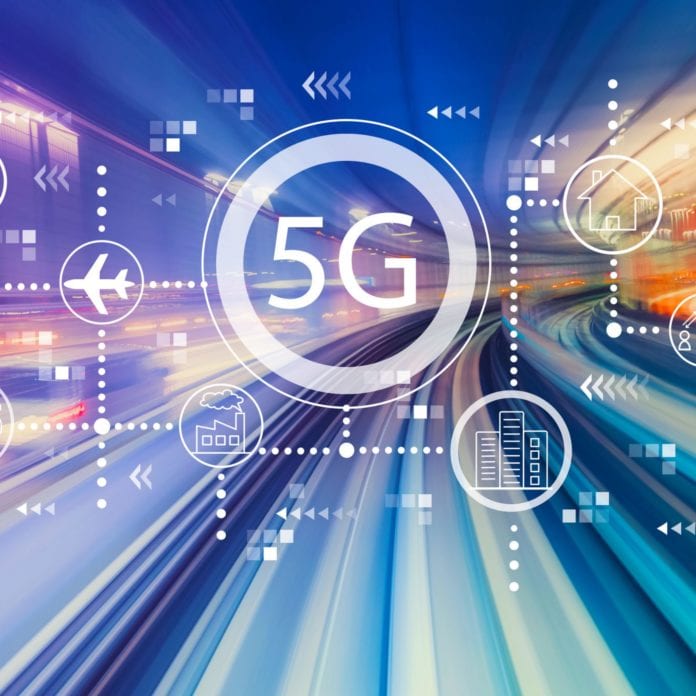The 5G consumer market could be worth $31 trillion by 2030 globally, according to a new report from Ericsson.
The report estimates that communications service providers (CSPs) could earn $3.7 trillion of that total – a figure that could increase further as new adjacent digital services opportunities arise.
The report also estimates that operators could generate up to $131 billion by 2030 from digital service revenues alone, by proactively bundling and marketing 5G use cases.
About 40% of these revenue projections are attributed to consumer spending on enhanced video, augmented reality (AR), virtual reality (VR) and cloud gaming over 5G networks. The report projects that AR is likely to drive more than half of all consumer spending on immersive media by 2030 – starting with gaming and extending to other areas like shopping, education and remote collaboration.
In May 2019, consumers were willing to pay on average a 20% premium for a 5G plan bundled with at least three digital services of their choice, according to Ericsson.
Due to the COVID-19 pandemi,c this premium has been eroded, with consumers on average willing to pay 10% more for their 5G plan. However, one-third of 5G early adopters are still willing to pay a 20% premium, according to the report.
Ericsson’s report also projects that by proactively driving 5G consumer adoption, operators could gain 34% higher 5G average revenue per user (ARPU) by 2030.
“This is the first time that Ericsson has presented a revenue forecast for the 5G consumer market, which remains the core business of communications service providers,” said Jasmeet Singh Sethi, head of Ericsson Research’s ConsumerLab. “Through our research, we have highlighted the role of use case development, tariff innovation, quality 5G coverage and ecosystem partnerships to unlock the true potential of this market.”
The report also highlights the enabling role technologies such as edge computing and network slicing will play in helping service providers to secure 5G-enabled consumer revenue. This could come from core digital services like cloud gaming and augmented reality applications, or adjacent digital services, such as in-car connectivity and associated safety features.
“It is clear that 5G will drive enormous opportunities for CSPs in consumer business over the decade. As this journey is already underway, those CSPs that quickly and proactively evolve their consumer propositions are likely to be bigger winners,” Singh Sethi added.
Fixed Wireless Access
Fixed wireless subscriptions will also see expansion as the enhanced speeds and network capacity make 5G a more viable wireless alternative to fixed-line networks for more users, Ericsson said.
“Service providers in the US have made it clear they will deploy FWA as an alternative to the limited competition in fixed broadband markets that persists in lower population density areas. As a result, by 2030 we expect 5G FWA subscriptions to approach 130 million with annual revenues of $53 billion,” the report concluded.
North America will account for 40% of fixed wireless revenues by 2030, with Asia Pacific and Europe accounting for 19% each, Ericsson said.

